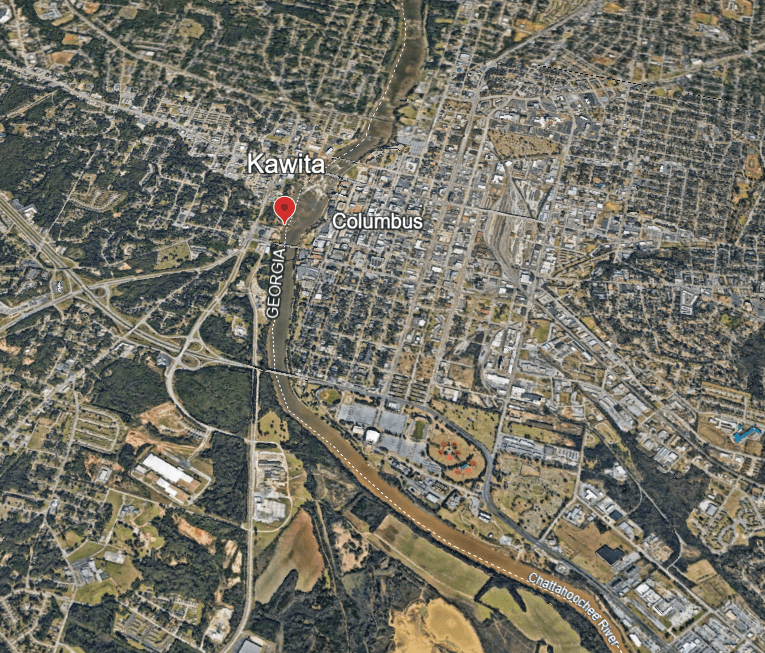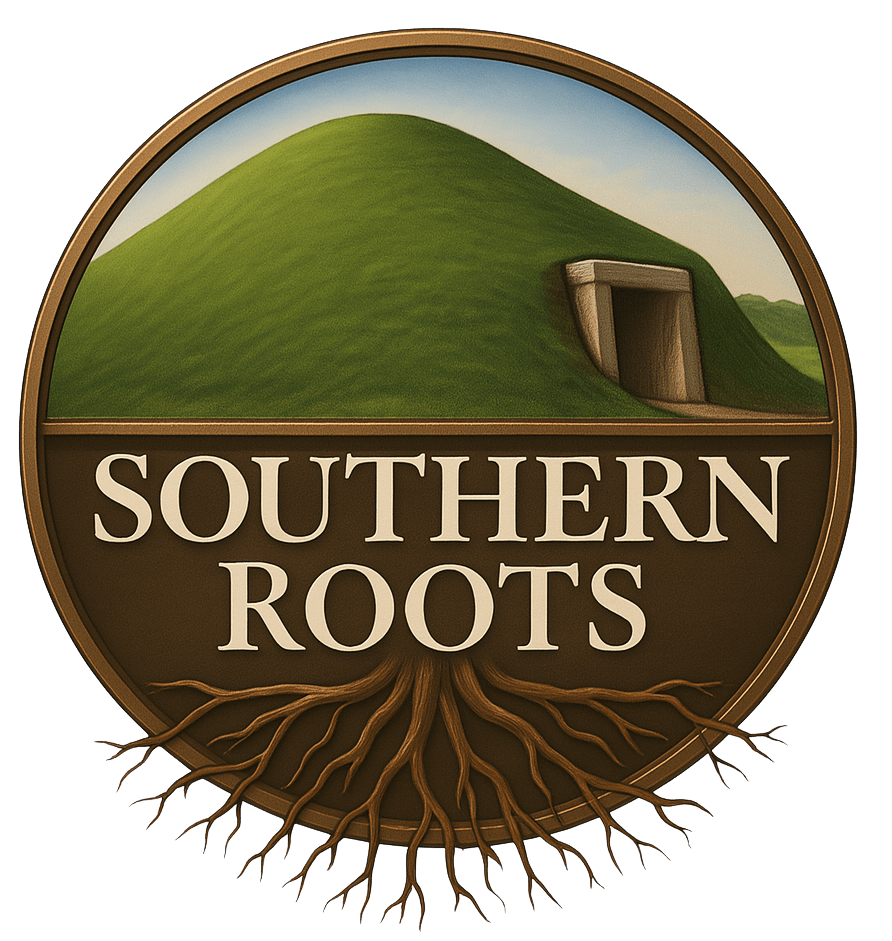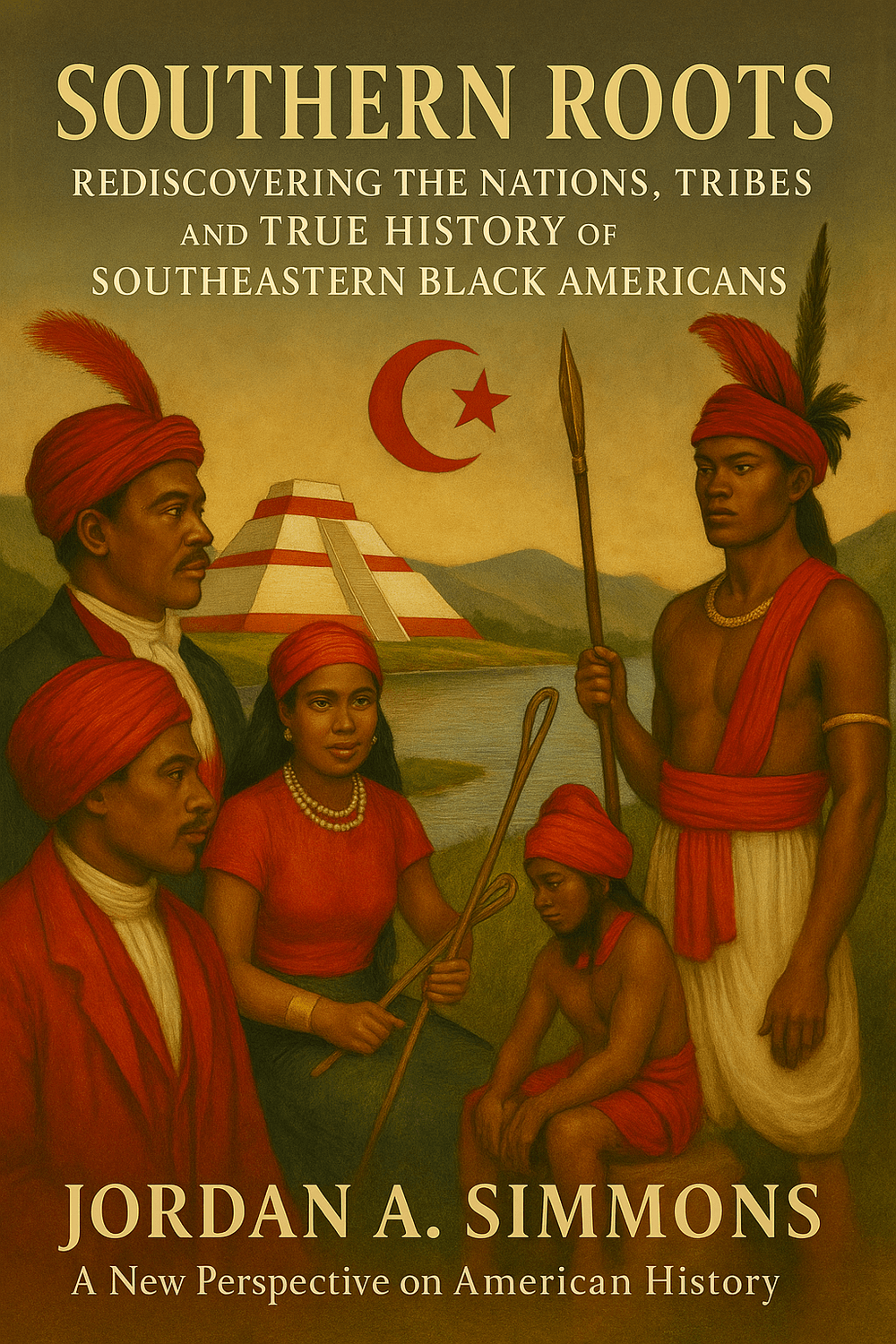Kawita: The Southeastern Empire's War Capital
This article is part of our series "The Hidden Nations of the American South," revealing the true town-nations behind today’s Southeastern Black Americans.
What if the names we now read on highway signs or small towns were once titles of sovereign city-states—centers of power, diplomacy, and ceremony? What if the so-called “slaves” recorded in early American documents were actually leaders from these nations?
Before the founding of Georgia or Alabama, and long before the myth of America as a blank slate, there was Kawita (also spelled Coweta). This was not just a town. It was a capital—a living embodiment of a geopolitical world, structured by sacred law and ceremony.
The Tall Coweta
Coweta or Kawita ma'ma'yi meaning Tall Coweta, was one of the most powerful town-nations in the American Southeast. Though it appears later in written European records than its ceremonial partner Kasihta, oral traditions and sacred memory hold that Coweta was equally ancient. Swanton refers to it as the "war side" of the Confederacy, and French and Spanish observers often described its chief as the "emperor" of the Lower Towns.
Kawita wasn’t just a population center—it was a seat of law, ceremony, and diplomacy. According to accounts from naturalists like William Bartram and officials like Benjamin Hawkins, Coweta governed a network of towns and ceremonial centers stretching across Georgia and Alabama, with influence extending as far as the Atlantic coast.
The Fire from Apalachee
When the ancient Apalachee Confederacy fell due to colonial pressure and forced removals, the sacred fire was passed to Kawita. This wasn’t just a symbolic gesture—it was a spiritual inheritance. Kawita became the torchbearer of the Southeastern world, governing through the original covenant known as the People of One Fire.
Swanton and Bartram describe Coweta as being located near the falls of the Chattahoochee River—a sacred place where the waters drop nearly 100 feet before merging into the Coastal Plain. This dramatic transition from highlands to flatlands served as both a natural border and a spiritual threshold. It was here that Coweta built its new ceremonial center, aligning it with the geography and sacred memory of earlier settlements.
A Metropolitan Center

Bartram referred to Coweta as a “metropolitan” center—an urban core in a web of surrounding towns. French observers wrote of the Coweta chief's grand lodge, multiple wives, and regular reception of European diplomats. The town itself had plazas, war lodges, and agricultural fields cultivated along the banks of the Apalachicola (Chattahoochee) River.
According to Swanton, Coweta included outlying settlements such as:
Coweta Tallahassee or “Old Coweta”
Tuckabatchee and Chiaha, which shared kinship and ceremonial ties
Even as late as 1799, Benjamin Hawkins described Coweta as a vibrant capital located about three miles below the Fall Line in what would become Columbus, Georgia and Phenix City, Alabama. Its reach extended into Harris County, Georgia, and Lee County, Alabama—along creeks still bearing their original names:
Chissee Hulhuli (Roaring Branch Creek)
Chusse Thlucco (Standing Boy Creek)
Ketale (Mulberry Creek)
Halawakee Creek
Osanippa Creek
Hatchee Thlucco (Big Creek)
One outlying village, Wetumpka, meaning “water rumbling,” lay northwest of Uchee Creek (also known as Welumkee), revealing Coweta’s mastery over both rivers and ritual.
War and Confederacy
Coweta wasn’t just a town—it was a force. Its leadership was critical during colonial invasions, and its chiefs organized resistance during episodes like the Yamasee War. Kawita stood at the crossroads of diplomacy and defense, always operating from a deep ceremonial core.
By the 1830s, Coweta was still counted among the major town-nations in government rolls, with hundreds of families maintaining the political and ceremonial systems passed down through the fire of Apalachee.
Today, the legacy of Kawita survives in names, creeks, and family memory across the Southeast. From the Ocmulgee Mounds to the Chattahoochee River, the memory of this war capital still breathes through the land.
📚 This is part of the Southern Roots blog series revealing the true nations behind modern Southeastern identity.
👉 Explore the full history in Southern Roots: Rediscovering the Nations, Tribes, and True History of Southeastern Black Americans.
Let us know what you think in the comments!

